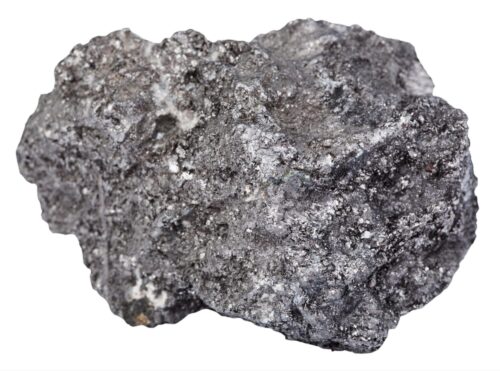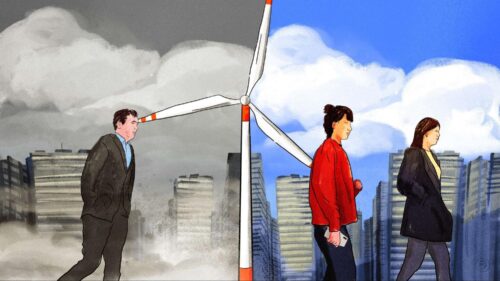China encourages green finance, new-energy vehicles after carbon-neutral pledge
How will China meet its goal to reach carbon neutrality before 2060? Government agencies say they will prioritize climate-friendly financing, and the replacement of gas-burning cars with hybrids or new-energy vehicles. Details on the phasing out of coal remain uncertain.

Last month, Chinese leader Xí Jìnpíng 习近平 made a significant and unexpected public commitment at the United Nations: that China would “achieve carbon neutrality before 2060.”
- Environmentalists welcomed the setting of a goal — and wagged fingers at the United States, which is now the only major economy without a carbon-neutral target.
- Since China set its goal, Japan and South Korea have both said they would decarbonize by 2050, the same time frame to which the European Union and the United Kingdom have committed.
- Chinese diplomats have become more outspoken about criticizing the United States on climate action, saying it is a “consensus-breaker.”
But how will China achieve its goal? Government ministries are now beginning to follow up on Xi’s pledge with guidelines and more specific projections for different sectors:
- Green finance: “In a set of guiding opinions backed by five government ministries, Beijing said it would encourage private investment and foreign capital to back green bonds and fund climate-friendly projects,” Bloomberg reports.
- New-energy vehicles: “Virtually all new cars sold in China in 2035 will be either hybrids or new-energy vehicles (NEVs),” a government blueprint says, per Caixin.
Power generation, the sector that contributes the most emissions in China, is now the one to watch.
- Before September, China was “expected to go on a new coal-fired power construction spree, but government scholars have been forced to revise their old drafts” after Xi’s pledge, Reuters reports.
- “By 2025, China will be close to achieving peak emissions as a result of more ambitious actions to bolster renewables, pivot toward market mechanisms, and enhanced energy efficiency measures,” the MacroPolo think tank projects, as part of its “Forecast 2025” China series.
Details of the 14th Five-Year Plan, covering the years 2021–2025, are expected to be released tomorrow. One thing it will likely include, per Reuters, is a goal to launch a “nationwide emissions trading scheme” in that time frame — but this is actually another delay, since the scheme was pledged by Xi in 2015, set up in 2017, and “expected to launch this year.”






